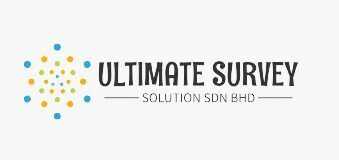




Geomatics survey is a broad field that involves the collection, analysis, and interpretation of data related to the Earth’s surface and its features. It integrates various technologies and methods to understand spatial information and make informed decisions. Here’s a breakdown of key aspects:
- Definition and Scope: Geomatics is the discipline of gathering, storing, processing, and delivering geographic information or spatially referenced information. It encompasses a range of techniques and technologies, including surveying, mapping, remote sensing, and geographic information systems (GIS).
- Surveying Techniques: Traditional surveying methods use tools like theodolites, total stations, and leveling instruments to measure distances, angles, and elevations. Modern geomatics surveys often incorporate technologies such as GPS (Global Positioning System), laser scanning, and photogrammetry.
- Remote Sensing: This involves collecting data from a distance, typically using satellites or aerial drones. Remote sensing provides valuable information on land cover, vegetation, and environmental changes.
- Geographic Information Systems (GIS): GIS is a computer system used to capture, store, analyze, and visualize spatial data. It combines maps with databases to provide a comprehensive view of geographic information, enabling better decision-making.
- Applications: Geomatics surveys have diverse applications. They are crucial in urban planning, environmental monitoring, infrastructure development, natural resource management, and disaster response.
- Data Processing and Analysis: The collected data needs to be processed and analyzed to produce accurate maps and models. This involves using software and methodologies to interpret the data and generate meaningful insights.
Overall, geomatics survey plays a critical role in understanding and managing spatial information, supporting a wide range of scientific, engineering, and planning activities.


